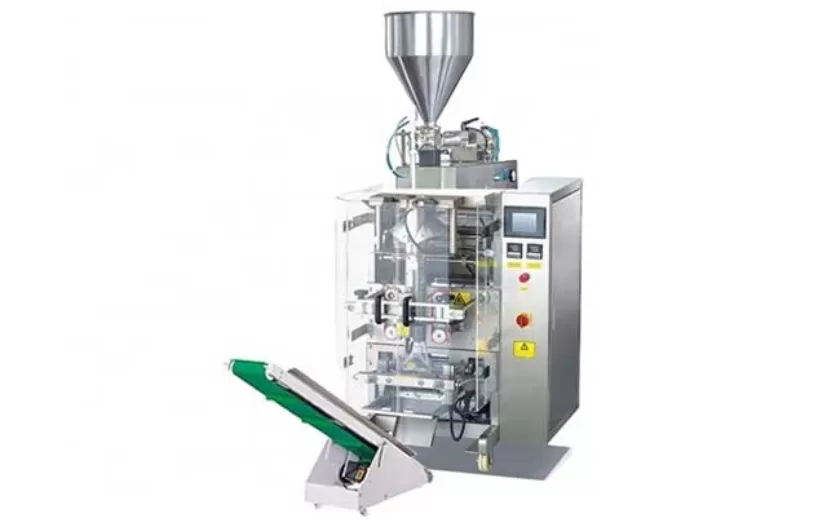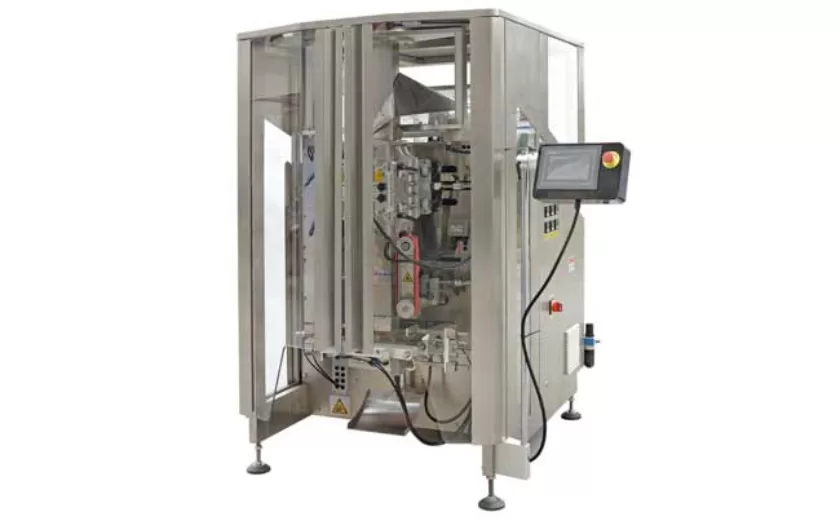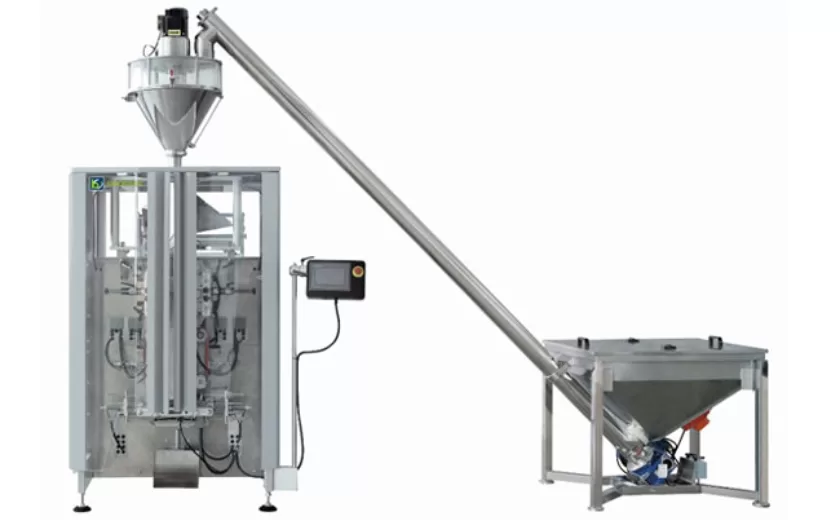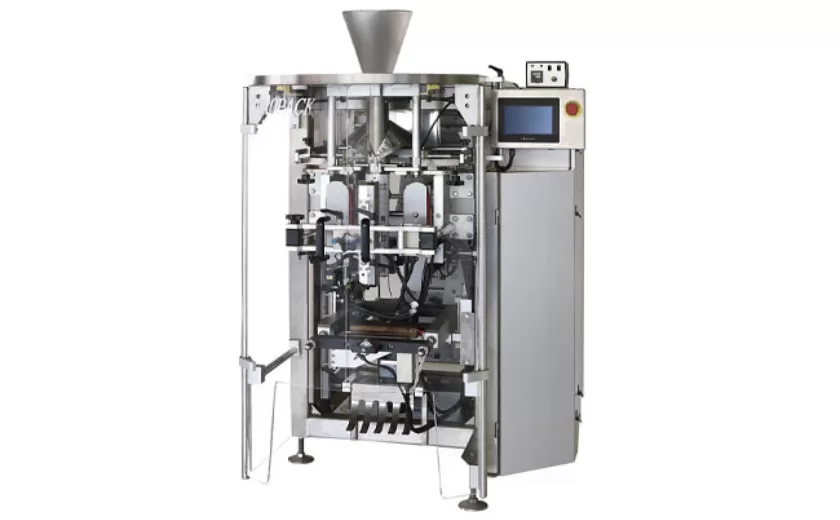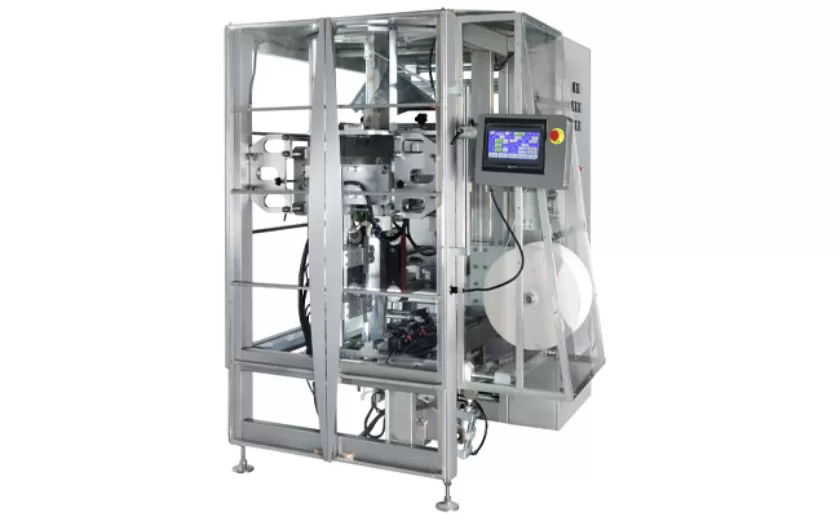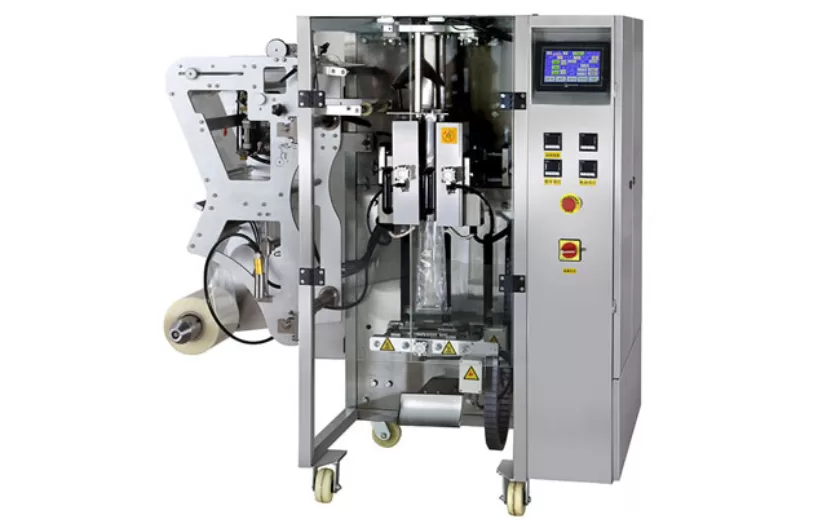Multi Head Weigh Filler Maintenance Tips for Longevity
Multi Head Weigh Filler Maintenance: Essential Tips for Longevity
Maintaining multi head weigh fillers is paramount to ensure their sustained performance and maximize their lifespan. By adhering to these crucial maintenance guidelines, you can safeguard your equipment, enhance productivity, and avert costly downtime.
1. Regular Cleaning and Sanitation
Regularly clean the weigh filler to prevent product buildup and the proliferation of bacteria. Disassemble the parts that come into contact with the product, thoroughly wash them, and reassemble them properly. Use appropriate cleaning agents to eliminate residues and ensure hygienic operation.
2. Inspection and Calibration
Periodically inspect the weigh filler for wear and tear. Look for loose screws, worn belts, and damaged weighing modules. Calibrate the weigher to maintain its accuracy and precision. This ensures that it consistently delivers the desired weight within acceptable tolerances.
3. Routine Lubrication
Lubricate moving parts, such as bearings and chains, according to the manufacturer’s specifications. This reduces friction, prevents premature wear, and prolongs the component’s lifespan. Use high-quality lubricants designed for industrial applications.
4. Electrical Maintenance
Check electrical connections, wires, and sensors for damage or loose connections. Tighten any loose components and replace faulty ones. Ensure proper grounding of the weigh filler to prevent electrical hazards.
5. Air Pressure Optimization
Multi head weigh fillers rely on compressed air for their operation. Ensure that the air supply is clean, dry, and within the specified pressure range. Regularly clean the air filter to prevent contamination.
6. Preventative Maintenance
Establish a regular maintenance schedule tailored to your specific application. This includes periodic inspections, cleanings, calibrations, and lubrication. By addressing potential issues proactively, you can minimize unplanned breakdowns and extend the equipment’s lifespan.
7. Monitoring and Data Logging
Monitor the performance of your multi head weigh filler and track key performance indicators (KPIs), such as production output, accuracy, and downtime. Utilize data logging capabilities to identify trends and patterns. This enables you to make informed maintenance decisions and optimize the equipment’s performance.
8. Proper Training
Train operators on correct operating procedures and maintenance tasks. This empowers them to recognize potential issues and take prompt corrective action, ensuring the weigh filler’s efficient operation and longevity.
Remember, meticulous maintenance is the key to unlocking the full potential of your multi head weigh filler and ensuring its long-lasting performance. By adhering to these guidelines, you can safeguard your investment, prevent costly repairs, and optimize your production processes.
-
Efficient Liquid Filling and Packing Machines for Modern Production
23-10-2025 -
Reliable Granule Packaging Machines for Efficient Production
23-10-2025 -
Efficient Auger Powder Filling Machines for Accurate Packaging
23-10-2025 -
High-Performance Liquid Filling and Packing Machines for Hygienic Production
10-10-2025 -
High-Efficiency Granule Packaging Machines for Precision and Speed
10-10-2025 -
High-Precision Auger Type Powder Filling Machines for Efficient Packaging
10-10-2025 -
Efficient Vertical Form Fill Seal Packaging Machines for Smart Production
10-10-2025 -
Vertical Form Fill Seal Machine Solutions for Efficient Packaging
10-10-2025 -
Efficient Packaging Solutions with Advanced Vertical FFS Machines
10-10-2025 -
Vertical FFS Machine Solutions for Efficient Packaging
30-09-2025





